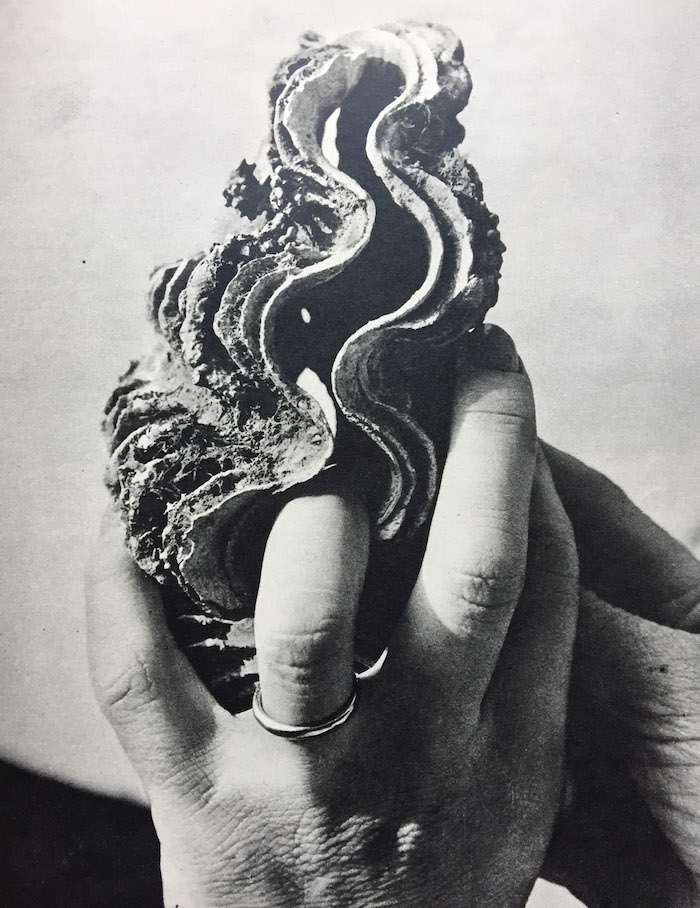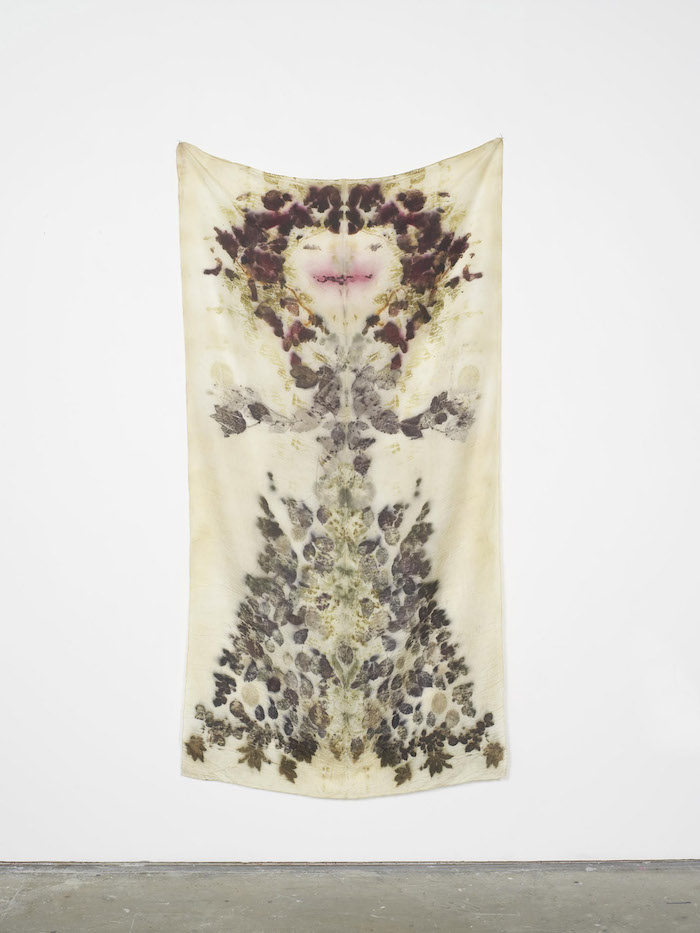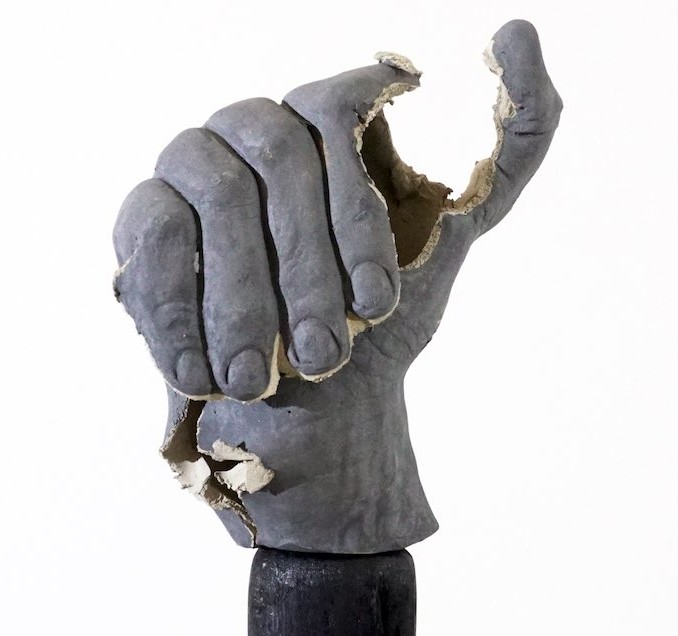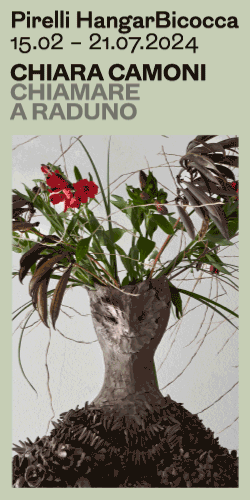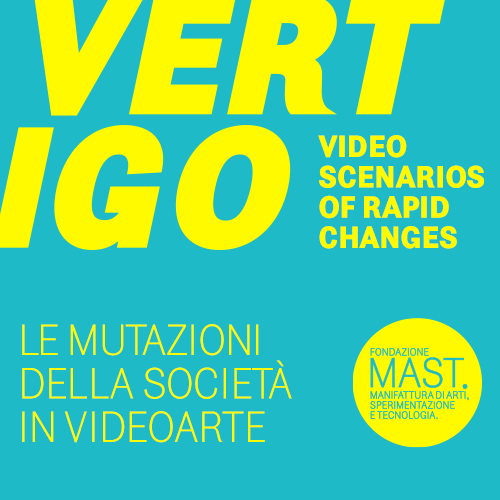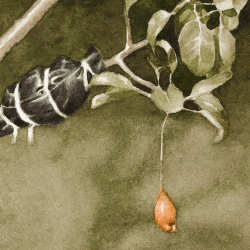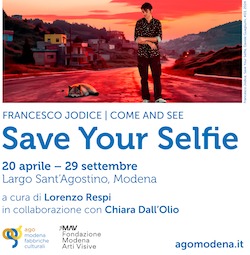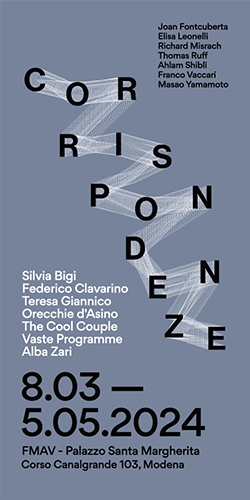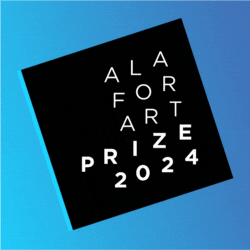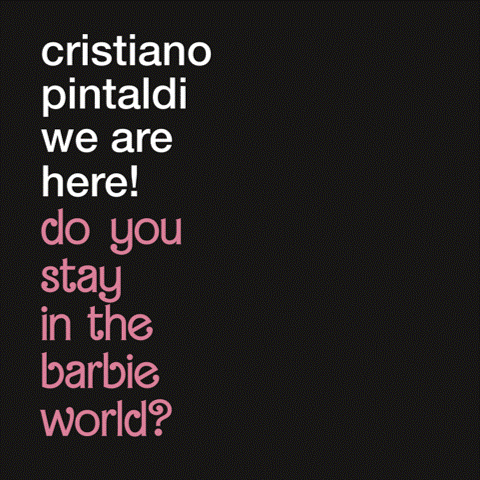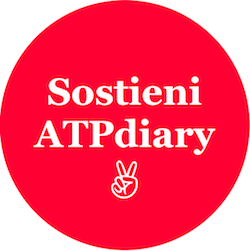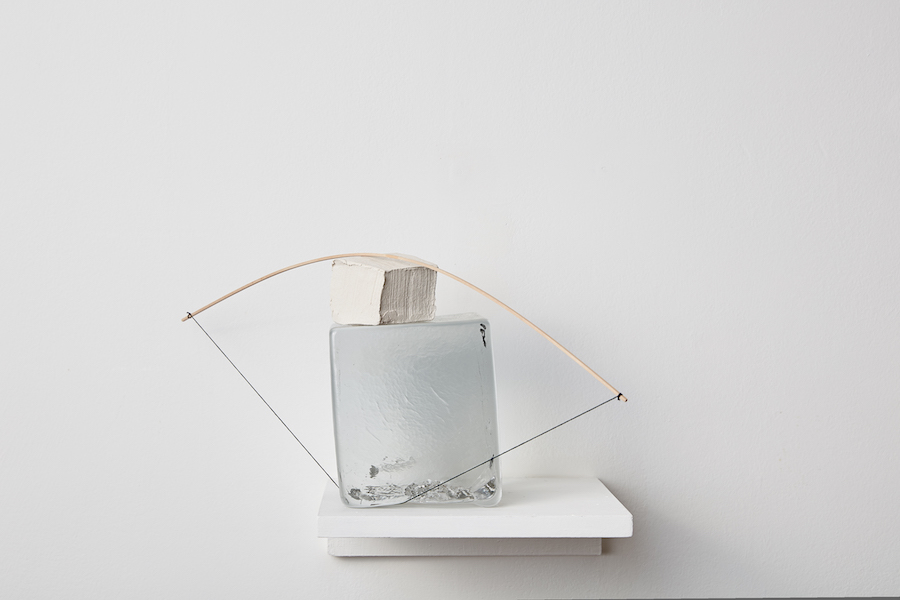
English text below —
“Evitando qualsiasi riferimento a una possibile connotazione ‘femminista’, con La Vita Materiale, mi interessava approfondire quello che è il legame naturale che le donne intrattengono tra arte e vita. Nella “vita materiale” del loro quotidiano, hanno volutamente messo al centro materia e materiali, oggetti e corpi per raccontare come generare il cambiamento, come muovere energia. Si può parlare di sostenibilità culturale e sociale nell’alfabeto dell’arte, della necessità di “dar voce” , anche con l’arte, a un nuovo modo di affrontare l’esperienza quotidiana, di guardare il mondo, di apprendere, sostanzialmente. Ognuna delle artiste ha espresso una propria chiave di lettura, ha dato una propria visione personale in cui intimità e socialità , individuale e collettivo, vanno comunque a braccetto. La leva progettuale infatti , è stata fin dall’inizio il desiderio di valorizzare una pratica artistica che connette e crea osmosi tra arte e esperienza quotidiana personale in tutta la sua complessità e fertilità. La mostra presenta modi possibili di “stare al mondo” e di condividerlo. Un altro aspetto che volevo approfondire è quello del lavoro delle artiste italiane perché penso che la loro visibilità non sia sempre riconosciuta, anche nel nostro paese, benchè siano presenti numerose eccellenze.”
Queste esigenze della curatrice Marina Dacci si sono legate ad un altro aspetto che ha connotato fortemente La Vita Materiale – otto stanze, otto storie la mostra collettiva , ospitata a Palazzo da Mosto dal 17 novembre al 3 marzo 2019: l’essere presentata contemporaneamente alla mostra antalogica JEAN DUBUFFET, l’arte in gioco. Materia e spirito, 1943-1985 (ospitata a Palazzo Magnani di Reggio Emilia nello stesso periodo).
Partendo da un aspetto interessante della mostra di Dubuffet sull’uso desueto dei materiali nelle fine arts, si è cercato di riprendere in chiave contemporanea la valorizzazione e la trasformazione della materia e degli oggetti nel processo del fare artistico. Aspetti sostanziali per il maestro francese che sono anche tradizionalmente associati al craft. La scelta delle otto artiste italiane è paradigmatica: Chiara Camoni, Serena Fineschi, Sabrina Mezzaqui, Alice Cattaneo, Elena El Asmar, Claudia Losi e Loredana Longo sperimentano personalmente nel privato del proprio studio e collegiamente, con differenti modalità, la rottura e la ridefinizione di un nuovo confine tra craft e fine art.
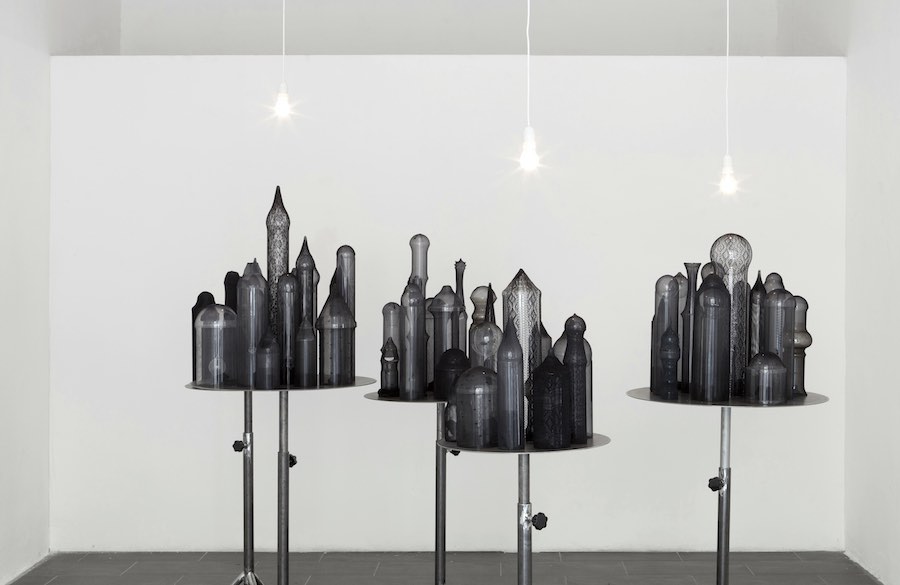
Partendo dalla quotidianità dell’esperienza, è interessante la propria idea di “guardare il mondo” e di condividerlo in modo confidente con lo spettatore. La dimensione intima “che pervade tutta la mostra, si sa, facilita la relazione fra il sé e l’altro”.
Condividendo l’approccio curatoriale si rafforza questa idea. Infatti, la progettazione della mostra ha impiegato una modalità dialogica. Dal luglio scorso, anche se lontane tra loro (alcune vivono in luoghi diversi dall’Italia e alcune dall’estero), le otto artiste hanno dialogato e condiviso quest’idea, partecipando ad ogni passaggio della progettazione. “Non una mostra collettiva dove si propongono lavori come singoli artefatti, ma un ambiente dove ogni artista, in autonomia e con propria personale responsabilità, potesse trasmettere il proprio sentimento e la propria ricerca su questo tema, in stanze da loro nominate.”Mostrando sia opere nuove e/o rappresentativi della propria poetica a seconda della stanza scelta, si creano sorprendenti legami e scoperte tra i differenti ambienti.
Anche la progettazione del libro edito da Gli Ori) , come quella della mostra è stata lasciata alla personale responsabilità delle artiste che, libere di spaziare (e immaginare), hanno dato vita allo sviluppo della pubblicazione.


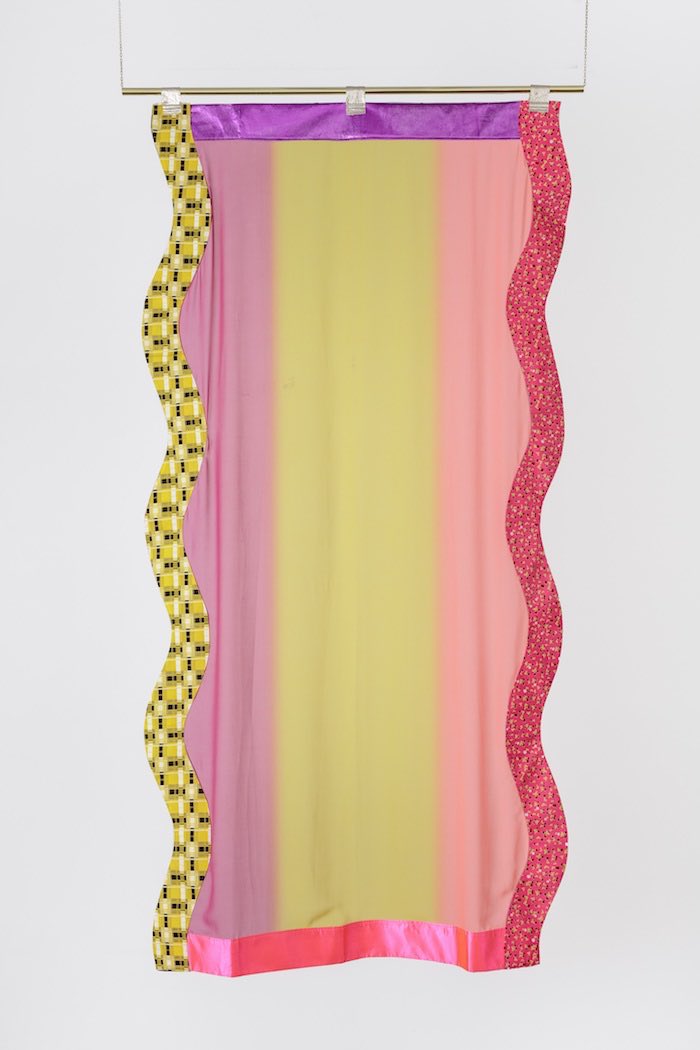
THE MATERIAL LIFE
Eight Rooms, Eight Stories
a project by Marina Dacci
This exhibition inaugurates a new season of contemporary art at the Palazzo Magnani Foundation, presenting the work of eight Italian artists – Chiara Camoni, Alice Cattaneo, Elena El Asmar, Serena Fineschi, Ludovica Gioscia, Loredana Longo, Claudia Losi and Sabrina Mezzaqui – who are united in their use and regeneration of what are often humble materials traditionally associated with crafts, but which find an original place in their art.
The show also offers interesting connections with the concurrent retrospective dedicated to Jean Dubuffet at Palazzo Magnani in Reggio Emilia.
The project La Vita Materiale. Otto stanze, otto storie [The Material Life: Eight rooms, Eight Stories], to be held at Palazzo da Mosto in Reggio Emilia from 17 November 2018 to 3 March 2019, springs from the desire to promote the work of female artists whose art is skilfully linked to personal experience and to the union of art and life in all its complexity and fecundity.
The Italian artists invited to take part, namely Chiara Camoni, Alice Cattaneo, Elena El Asmar, Serena Fineschi, Ludovica Gioscia, Loredana Longo, Claudia Losi and Sabrina Mezzaqui, have very different formal approaches yet are united by the use of often humble materials traditionally associated with crafts, which find a broad application in their art.
In a relationship built of distances and convergences, contact and separation, and manipulations between physicality and mnemic rarefaction, these artists focus on the self in the world; they chronicle the apperception and regeneration of objects and materials, and bring to life visions and stories that are able to introduce the fantastic into our daily lives and transport us to other dimensions.
Underlying stories, provocations and interrogations, and the presentation of processes at work in all their fragility and energy, lead to works in which the finite and non-finite coalesce and give rise to sensitive formal narrations.
The viewer is invited to discover eight habitats, eight environments, named by their respective creators. Rooms like cocoons, where each artist has proposed her own world, her work in the studio, clearly showing how the processes of transforming materials engender something organic and vital. The environments are presented confidently, in a way that neither distances nor intimidates visitors but instead encourages them to venture into the game of discovery.
The exhibition involves and interrogates the senses, particularly vision and touch, because experience passes through our bodies, which in turn create synaesthesia with their surroundings. It is a body-world, which is why the exhibition opens with the tree of the body as perceived and presented by Claudia Losi, and with a velarium on a landscape-body, staged by Elena El Asmar, which together form an engaging prologue to the eight rooms.
The exhibition presents a playful, intriguing, questioning path that captures the viewer like an emotional and mental spider web. Perhaps by the end of the journey new windows will have opened on how we perceive and interpret our shared ‘material life’. The final collective work of the project is an accompanying book published by Gli Ori, which contains working diaries, notes and drawings that shed light on the creative journeys of the eight artists together with a presentation of their site-specific artworks on display at Palazzo da Mosto.
This project offers interesting connections with the anthology dedicated to Jean Dubuffet, presented at the same time in Palazzo Magnani: the lightness, the playfulness of the installation, the enhancement of the process and of the incomplete that goes alongside a deep reflection on what defines the art and us in relation to this; the generative capacity to hybridize, to break boundaries between high and low culture decontextualizing, using and renewing the life of objects and materials connected to our everyday life.
The event is an example of the cultural activities organised by the Foundation and its Consultative Committee in cooperation with the Municipality of Reggio Emilia and the Manodori Foundation, and forms part of a broad organic project to interconnect the city’s various exhibition venues, including Palazzo Magnani, Palazzo da Mosto and the Chiostri di San Pietro. (Press release)
